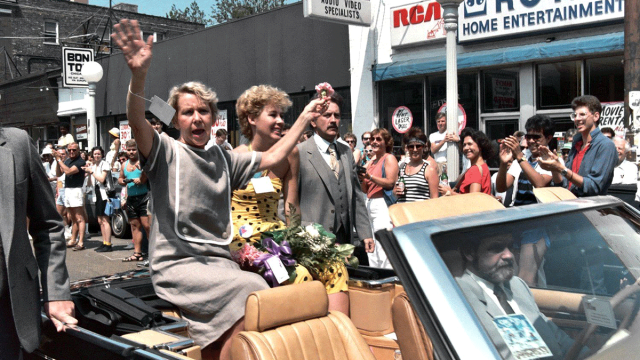Let’s celebrate the incredible women in Chicago’s history who have shaped our city.
Mark your calendars for International Women’s Day: Monday, March 8! Now an annual celebration, the first International Women’s Day was held in 1909 in honor of the garment worker’s strike in New York, where women protested against unacceptable working conditions. Progressive-minded, powerhouse women of Chicago have long been shaping local policy and the unique culture of our city, sometimes in ways that have proliferated across the country. Read on to hear how Chicago women have impacted our city’s history and share these inspirational women with your kids!
Jane Byrne
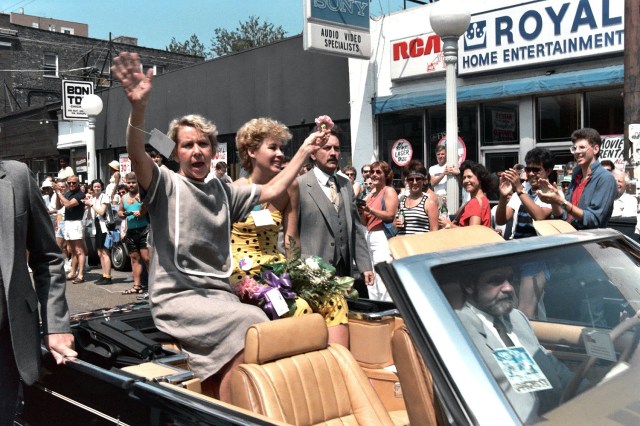
Born in the Lakeview neighborhood, absolute legend, Jane Bryne became the first female elected to the office of Mayor in the US in 1979, at a time when Chicago was the 2nd largest city in the country.
Things to Do: Jane Byrne only served one term, but in that short time she spearheaded and originated many of the activities we enjoy today. She helped to create what is now the Taste of Chicago, lead the revival of Navy Pier to become a popular tourist attraction and was the first mayor to march in the Gay Pride Parade. Look ahead to a well-spent summer in Chicago enjoying the activities laid out for us and supported by our first female mayor.
Kittahawa
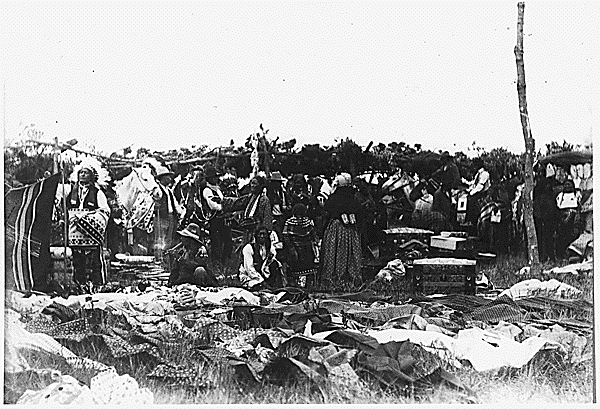
A Potawatomi woman named Kittahawa was the first-known permanent settler in Chicago, arriving around 1790. Married to Haitian-born immigrant Jean Baptiste Point DuSable, Kittahawa's strong relationships with Native American groups was integral in the success of the family's trading post. Their home and trading post, which was once a flourishing trading hub between Europeans and Native Americans, is commemorated by Pioneer Court at 401 N. Michigan Ave.
Things to do: Visit Pioneer Court at 401 N. Michigan to see where the Kittahawa's family home and trading post originally stood. Also, Field Museum is home to more than 300 Potawatomi artifacts and they began a 3-year renovation project in 2018 to create a more meaningful Native North American Hall.
Maggie Daley
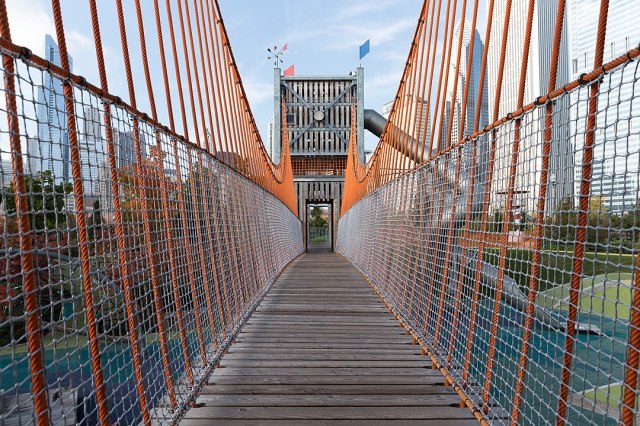
Maggie Daley was the wife of Chicago's longest-serving mayor, Mayor Richard M. Daley, who held the position for 22 years. Well known for dodging the spotlight, but staying highly involved, she started the successful After School Matters. The non-profit provides high school teens with after-school and summer opportunities in the arts, leadership, sports and STEM fields. In her honor, Chicago created Maggie Daley Park, one of the coolest urban parks in the country with both lake and city views, mini-golf, a climbing wall, skating ribbon, green space and climbing structures.
Things to do: Winter, spring, summer or fall, visit Maggie Daley Park. The skating ribbon is perfect for newbies because of the railing that lines the path. During warm weather months, it's a hub of activity with golfing, a massive park and a climbing wall. Learn more about After School Matters, how to get involved or participate in their programming, via their website.
Oprah Winfrey
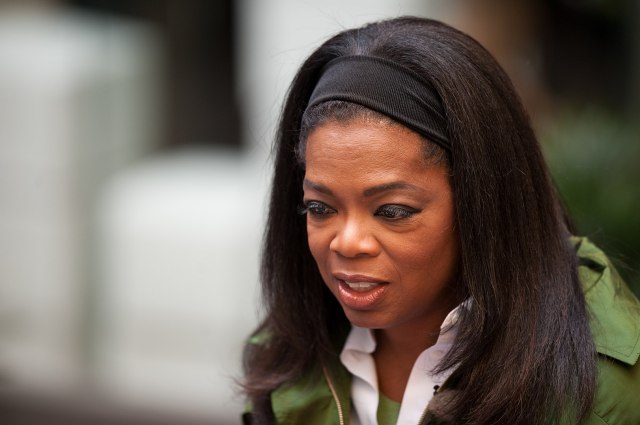
How lucky are we that Oprah chose Chicago to host her now-iconic Oprah Winfrey show? She has amassed a beautifully positive legacy that will transcend generations, and any kid would be lucky to carry her name. But, boy, are those some big stilettos to fill.
Things to do: Although Oprah is no longer in Chicago, her former personal chef, Art Smith, opened a farm-to-table oasis in Gold Coast named after her former Indiana Property, Blue Door Farm. Blue Door Kitchen & Garden lets the seasons dictate the menu and dedicates itself to cultivating strong relationships with responsible, sustainable purveyors. Kids will devour Chef Art Smith's famous fried chicken.
Catherine O'Leary
The Great Chicago Fire of 1871 destroyed over 17,000 buildings and 3.3 square miles and many locals like to hold on to the utterly tall tale that it was caused by Catherine O'Leary's cow knocking over a lantern in her barn. It's fun to speculate, but we'll never know the real cause of the fire and Catherine O'Leary and her framed cow are forever cemented in our history.
Things to do: Help from all around the world came in to support the 100,000 people left homeless by the famous fire, including the United Kingdom. Their generous donation spurred the establishment of our beloved Chicago Public Library. Up until that time, paid membership libraries were the common practice. Whenever you visit the library, think of Catherine and her infamous cow.
When you're bopping around town, reference this great Smithsonian Magazine article that documents places you can still see remnants of the Great Chicago Fire.
Ida B. Wells
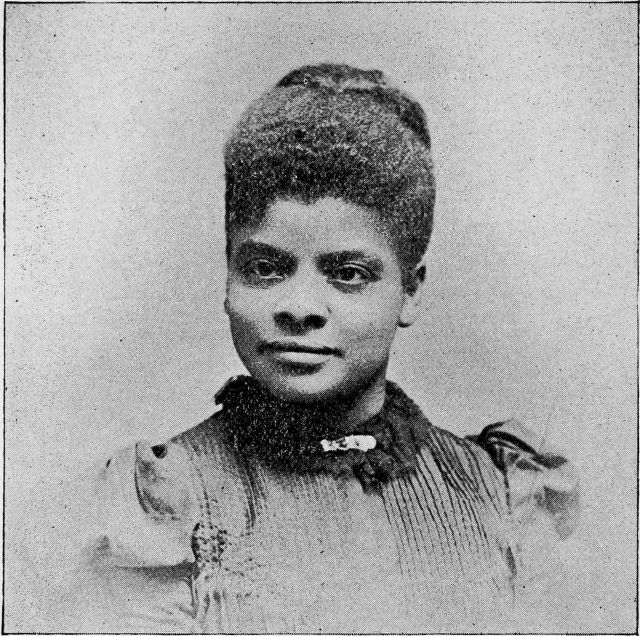
Ida B. Wells was an African-American wife, mother, investigative journalist, educator and early leader in the Civil Rights Movement, having been freed by the Emancipation Proclamation during the Civil War at the age of 16. She was arguably one of the most famous black women during her time, working to combat prejudice and fight for the equality of African-American women. She started the Negro Fellowship League, which helped find housing, jobs and provided a social and political outlet for black people in Chicago. Her work to educate black women on their voting rights helped to elect the first black alderman in the city, Jessie De Priest in 1951.
Things to do: Due to the profound impacts Ida had on the Chicago community, the city voted to rename Congress Parkway to Ida B. Wells Dr., in 2018. It runs from the Jane Byrne Interchange, where it insects the Kennedy, Dan Ryan and Eisenhower expressways, and ends at Columbus Drive in Grand Park.
Incorporate Ida B. Wells: Let the Truth Be Told by Walter D. Myers into family reading time and celebrate the legacy of this remarkable Chicagoan.
Gwendolyn Brooks
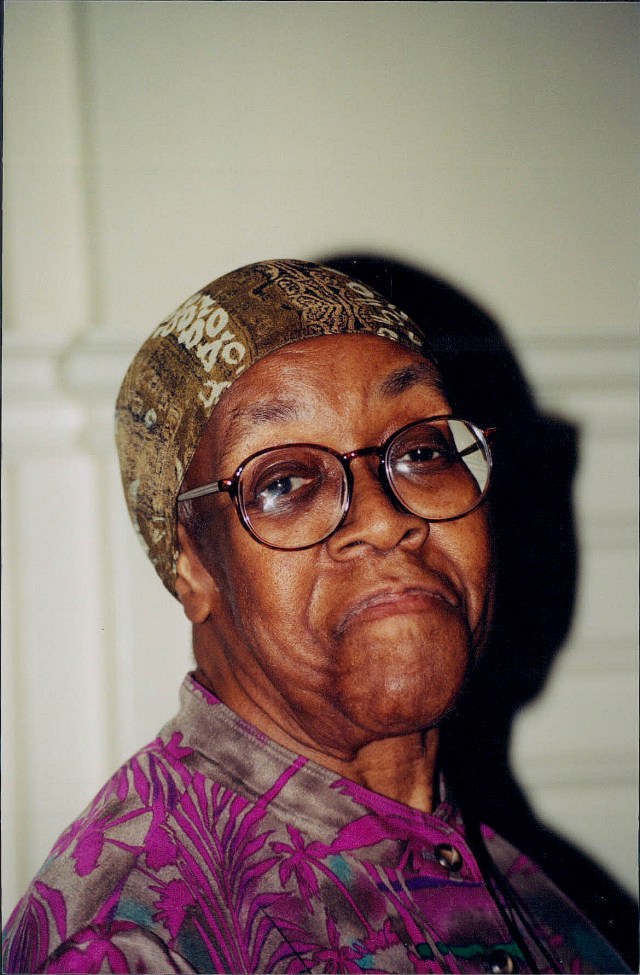
Chicagoan Gwendolyn Brooks has the honor of being the first black author to win the Pulitzer Prize in 1950. She was Poet Laureate of Illinois, 1968-2000, and poetry consultant to the Library of Congress.
Things to do: You can see Gwendolyn Brook's typewriter on display in the Tools of the Trade exhibit at the American Writers Museum located on Michigan Ave. Read A Song for Gwendolyn Brooks by Alice Faye Duncan, which celebrates the life and voice of the celebrated poet.
Mary Bartelme
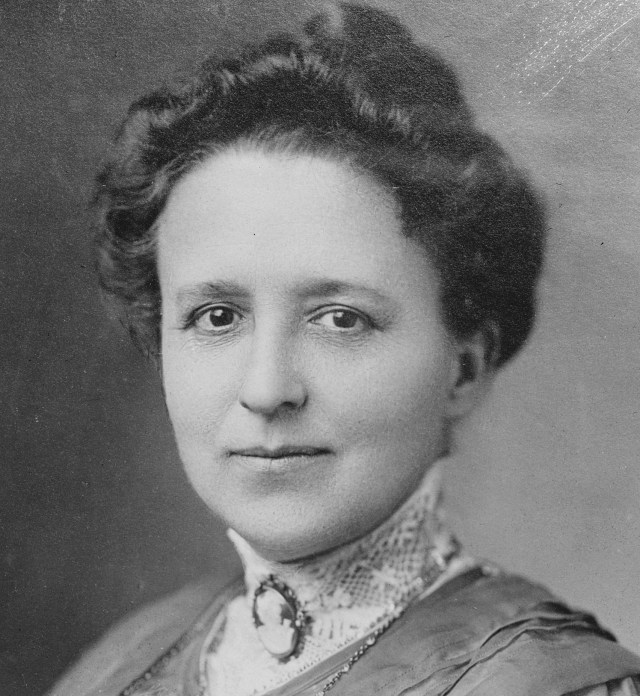
Mary Bartelme was the first female judge in Illinois and she devoted her life to reforming the treatment of women and children in the state court system. Her career began as a Chicago Public School teacher before she worked to become one of the city's first female lawyers. Three years after being admitted to the Illinois Bar, she was appointed Public Guardian of Cook County and established America's first juvenile court system. She donated her own home in Chicago to establish Mary's Club, a group home dedicated to teaching young girls important life skills.
Things to do: Visit Mary Bartelme Park in West Loop. They 2.71-acre park features a fountain plaza, a children's play area, a sunken dog park, an open lawn area, a viewing hill and enclosed seating area. Five stainless steel gates at the park's northwest entry act as a gateway to the park and emit a fine mist of vaporized water. A perfect cool-down opportunity for families on hot summer days.
Jeanne Gang

Jeanne Gang forever changed the second-to-none Chicago skyline with her design of Aqua Tower, currently the largest building in the world designed by a woman. This Chicago native also designed the beautiful Nature Boardwalk in Lincoln Park, the Writers Theatre and the new Solstice on the Park in Hyde Park.
Things to do: Take a drive by Aqua tower at 225 N. Columbus Dr. to see Jeanne Gang's creation. The 82-story building is home to a hotel, offices, apartments, condos and one of Chicago's most expansive green roofs. Take the kids to Radisson Blu Aqua Hotel Chicago for indoor camping. They'll love the new toy and coloring book they receive, eating sweet treats and sleeping in their very own tent in the room. The third-floor terrace offers s'mores by a fire pit to add to the camping experience.
Margaret Burroughs
Margaret Burroughs was a visual artist, writer, poet, educator and arts organizer who co-founded the DuSable Museum of African American History with her husband in 1961and helped to establish the South Side Community Art Center. The DuSable Museum of African American History is one of the first museums in the country dedicated to black history and culture.
Things to do: The Southside Community Arts Center is hosting From the Center, a retrospective of works created by Faheem Majeed over the last 20 years. As the former Executive Director and Curator, Majeed's works are especially attuned to the history and legacy of this 80-year-old arts institution. Visit the DuSable Museum of African American History in person when they reopen and in the meantime, check out their list of virtual events.
Jane Addams
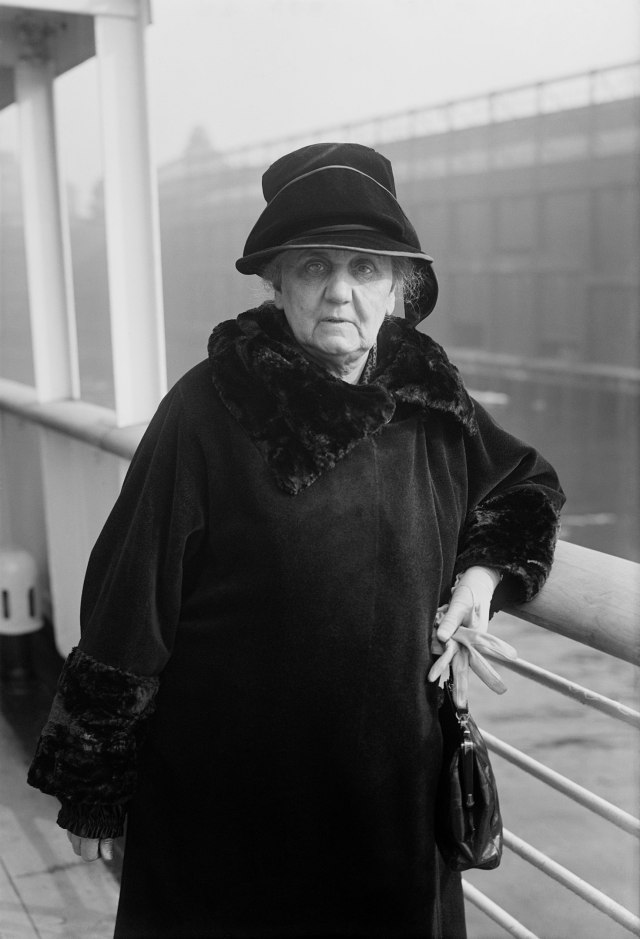
In 1931, Jane Addams became the first female American to be awarded the Nobel Peace Prize. She founded Chicago Hull House, one of America's most famous settlement houses, and is recognized as the founder of social work as a profession in the United States. She was also co-founder for the American Civil Liberties Union (ACLU). At Hull House, she established a kindergarten for children of working mothers, created the first public playground and public gymnasium and worked on social reform issues including juvenile courts, immigrant issues, women's rights, public health & safety and child labor reform.
Things to do: Until they're ready to reopen, virtually visit the Jane Addams Hull-House Museum, which serves as a memorial to social reformer Jane Addams. The Museum utilizes two of the original house buildings: The Hull Home and the Resident's Dining Hall, which has seen some of the world's most prominent thinkers, artists and activists. Its vibrant programming makes connections between the influential residents who once called Hull House home and present-day social issues.
Need some fresh ideas?
Subscribe to our weekly newsletter for expert parenting tips and simple solutions that make life instantly better.
By subscribing you agree to Tinybeans Terms and Privacy Policy
